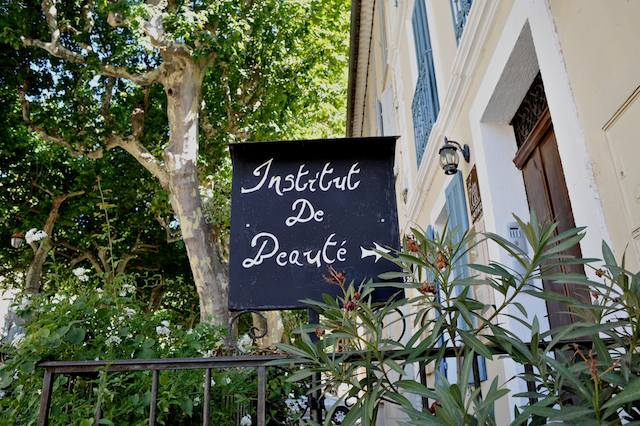Q: Who said this?
When power leads man towards arrogance, poetry reminds him of his limitations. When power narrows the areas of man's concern, poetry reminds him of the richness and diversity of his existence. When power corrupts, poetry cleanses, for art establishes the basic human truths which must serve as the touchstones of our judgement. The artists, however faithful to his personal vision of reality, becomes the last champion of the individual mind and sensibility against an intrusive society and an officious state. The great artist is thus a solitary figure. He has, as Frost said, “a lover’s quarrel with the world.” In pursuing his perceptions of reality he must often sail against the currents of his time. This is not a popular role. If Robert Frost was much honored during his lifetime, it was because a good many preferred to ignore his darker truths. Yet, in retrospect, we see how the artist’s fidelity has strengthened the fiber of our national life.
A: JFK, in a speech he made shortly before he was assassinated.
[Source.]
Thinking of presidential interest in poetry, I was reminded of a terrific piece Robert McCrum wrote about Seamus Heaney in the course of which they talked about the stroke that Heaney suffered a few years ago (and from which he has mercifully recovered). It happened in Donegal, so he was rushed to Letterkenny hospital. Heaney then goes on to relate what happened next:
“Clinton was here [i.e. in Ireland] for the Ryder Cup. He’d been up with the Taoiseach [Bertie Ahern] and had heard about my ‘episode’. The next thing, he put a call to the hospital, and said he was on his way. He strode into the ward like a kind of god. My fellow sufferers, four or five men much more stricken than I was, were amazed. But he shook their hands and introduced himself. It was marvellous, really. He went round all the wards and gave the whole hospital a terrific boost. We had about 25 minutes with him, and talked about Ulysses Grant’s memoirs, which he was reading.” Then Clinton was off, back to the airport.



